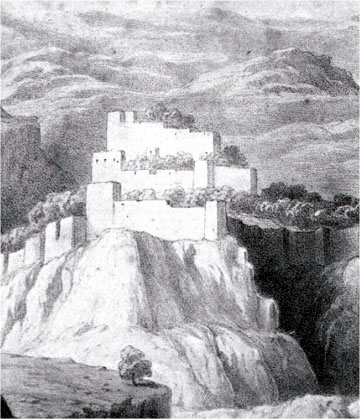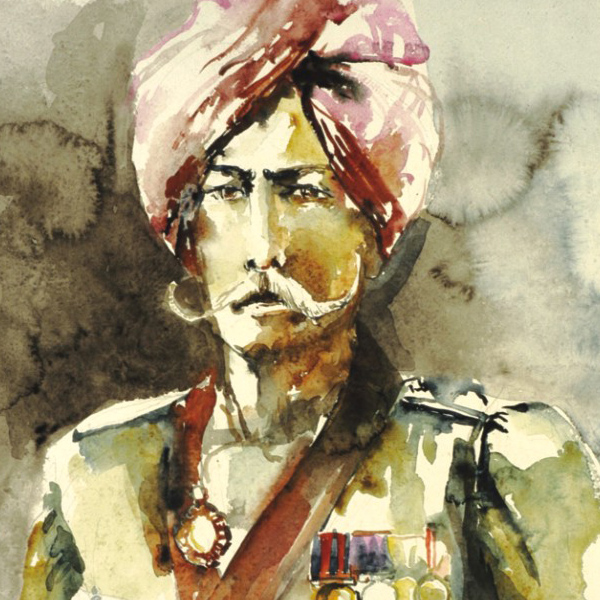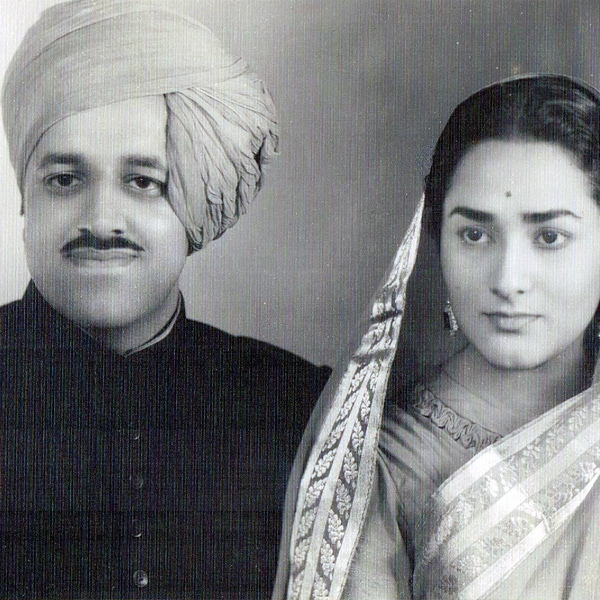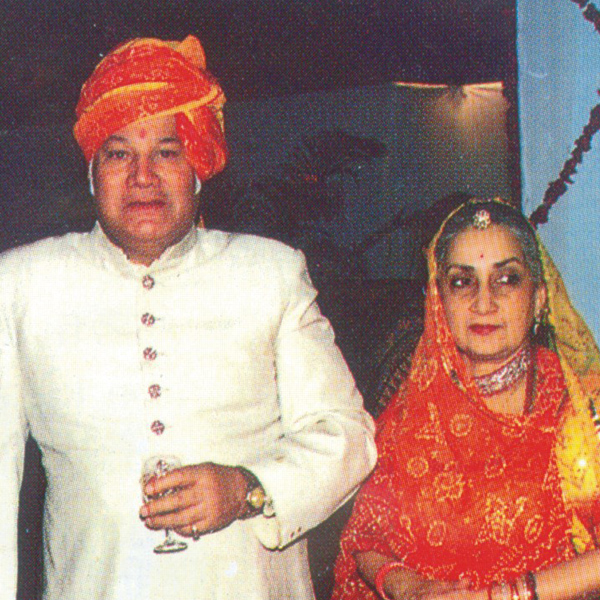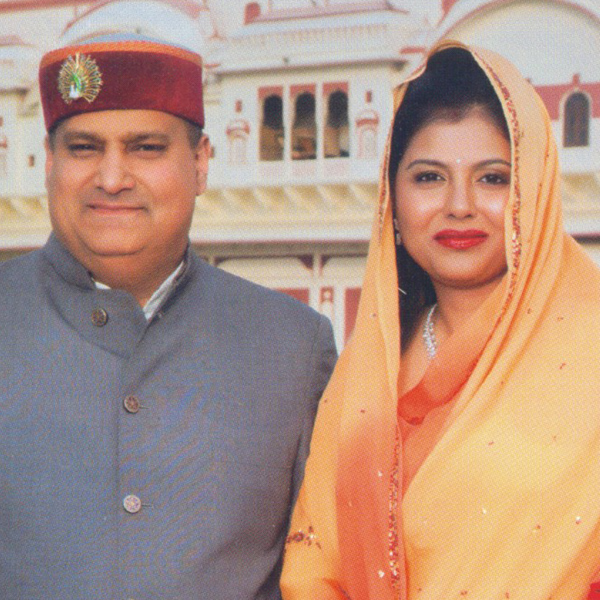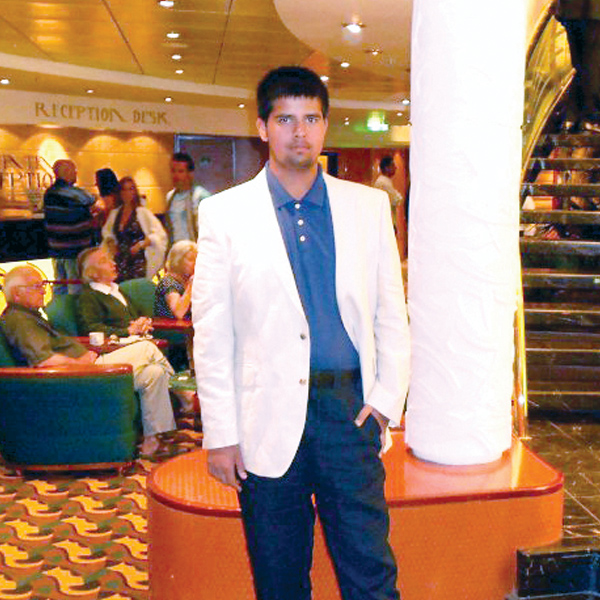FORTS OF KANGRA
The maharajas of Kangra built many forts, in order to protect their kingdom from invading armies. In a survey conducted by British officers for the Kangra District gazetteer.
They mentioned a total number of 282 Forts (counting the big forts as well as the smaller out post fort). Not all the forts are worth mentioning in detail,
even though they contributed to the safety of the Kangra Kingdom - and at one time or the other faced their share of sieges.
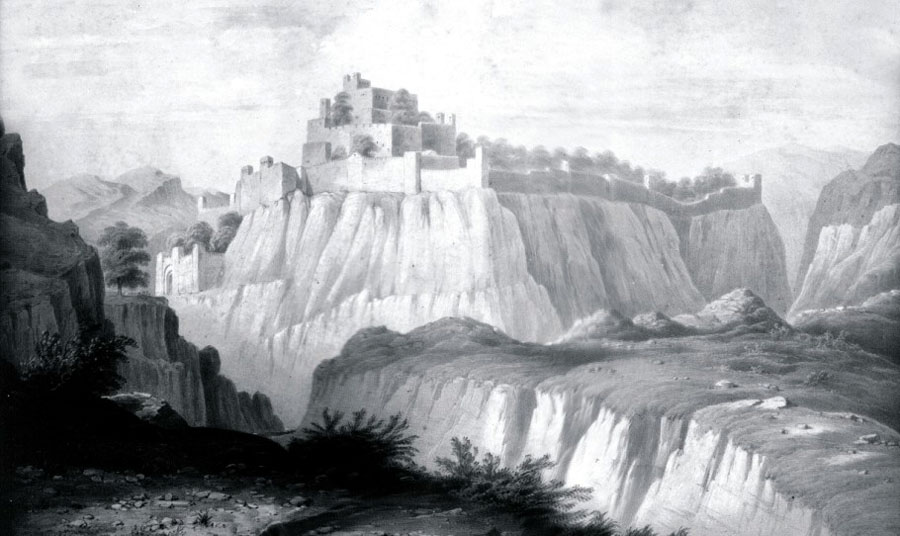
Kangra Fort
Built in the times when history was not recorded, local legends credit Rajanaka Susherma Chandra (234th ruler from the founder Rajanaka Bhumi Chandra), who after being defeated in the battle of Mahabharat (allies of Kauravs) retreated to the valley and built this fort (presently accepted by the Archeological Survey of India as to be one of the oldest dated forts in India).
The fort of Kangra occupies a long and narrow strip of land in the fork between the rivers Manjhi and Ban Ganga. Its walls are upwards of the three miles in circuit - "it is considered to be the largest fort in the Himalayas and according to the Archaeological Survey of India it is 8th largest in the country - covering an area of 463 acres," its strength does not lie in its work, but on the cliffs on which it stands (on the side of the Ban Ganga the measured Height of the fort is 400 feet).
The highest point in the fort is occupied by the palace courtyard, below which there is a large courtyard containing the stone carved temples of Laxmi Narayan, Ambika Devi and the Jain Temple (a point of pilgrimage for the Jains as it holds the original idol of Mahavir).
The temple courtyard is closed by the Darshani Darwaza (the gate of worship), the next gate leading up from here is called the Mahlon ka Darwaza (palace gate). Outside the main temple gate - lies the first defense gate called the Andheri Darwaza (dark gate) - this gate is a passage 7 meters in length and is wide enough only for 2 men (shoulder to shoulder) or one horse to pass through & the wall of its sides are almost 15 feet high. This was built in order to stop/slow down the charge of an enemy army - above the side walls are flat grounds which accommodated the Katoch army who defended these gates from the vantage point. Next gate on the way down is the Jahangiri Darwaza Said to built by Emperor Jahangir (on an older gate - the name of the old gate is not Known). Below this is the Amiri Darwaza (gate of Nobels) after this gate is the Ahini Darwaza (Iron Gate) which received its name from being covered with plats of metal and spikes. Below this is the main entrance which has two large gate simply called Phataks.
Ma'asir-ul-Umara, at the time of Shahjahan give an interesting description of the Fort - the fort (Kangra) is situated on the Summit of a high mountain; it is extremely strong and possesses 23 Bastions and 11 gates. The interior circumference is one kos and 15 chans, the length is 1/4th of a kos and two chains and the width between 15 and 25 chains, its height is 114 cubits. Within the fort are 2 large water tanks.
Shash-Fat'h-i-Kangra records Shahjahan's own words. The fort of Kangra is very lofty, and stands on a very high hill. Its buildings are very beautiful. It is so old that no one can tell at what period it was built. The fort is very strong, in so much that no king was ever able to take it, it is unanimously declared by all persons acquainted with the history of the ancient Rajas, that from the beginning upto this time it has always remains in the possession of one and the same family... So far since the time of my ancestors the fort has been besieged not less then 52 times by the most powerful kings and rulers in our services - but none have been able to take it.
Murtaza khan Jahangir's General commented on the Fort - the fort of Kangra the equal to which for strength they cannot point to in the hill country or even all the habitable world (it is believed that all the Moorish forts in Spain owe their design to the fort of Kangra).
From the hands of the Katoch the fort went to the Mughals but a hundred and fifty years later it come back to the Katochs. Again it was taken by the Sikhs and from them by the British - who after the earthquake of 4th April, A.D. 1905, in which the fort was extensively damaged, returned it to Maharaja Jai Chandra (after the independence of India, the Archaeological Survey of India, under a management agreement of National importance).
The strength that baffled the powers of great kings and founded the expression "He who holds the fort holds the hills" - is now only a picturesque and interesting ruin.
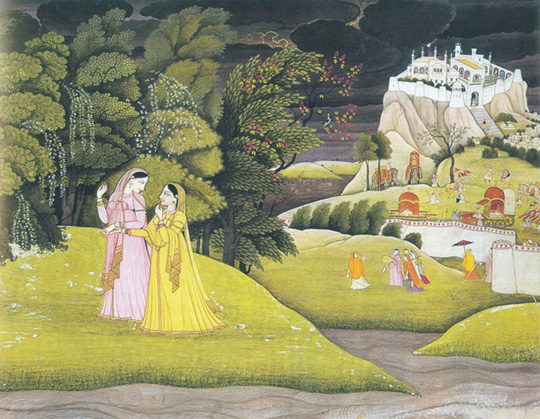
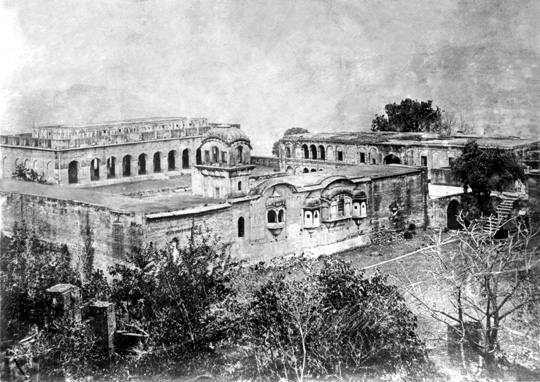
Ramayana
THE FORT OF TIRA SUJANPUR
Built in the early 1700s, the fort occupied a covered area of 12 acres. It looms about 600 feet above the town of Sujanpur (overlooking the Chaugan and the river Beas). Built not as a defensive fort but more as a palace - the beauty of this was renowned all over the Punjab and it is said to have raveled any Mughal Palace. Its interiors and exterior were all painted (frescos) in the Kangra miniature paintings - all the door and windows of the palace were made of Silver (sheets on wood) and the Zanana has their fixtures made of Gold. * So Beautiful was the palace that even Maharaja Ranjit Singh (builder of the golden Temple) expressed his desire to see it & on account of this Maharaja Sansar Chandra had the doors and windows removed and a portion of the palace was pulled down. (So that it would not get acquired by the lion of Punjab.) In the mardana palace ground, stands the famous Darbar hall (when digging its foundation - the Kangra Pandits (priests) had conducted havans and marked a particular point and direction for the first stone to be laid - this was said by the priests that it would make this fort the most famous fort in India - on hearing of this the Raja of Bilaspur connived with the pandits of Mandi and sent them to Kangra to disrupt the auspicious time and placement, on the foundation stone. These Pandits manage to persuade Maharaja Sansar Chandra to change the position of the stone - when this was done two live partridges came out from under the stone (bad omen) and in a fit of rage the head pandits manage to persuade Maharaja Sansar Chandra to change the position of the stone. - When this was done two live partridges came out from under the stone (bed omen) and in a fit of rage the head Pandit of Kangra Killed himself. In the earthquake of A.D. 1905 most of the buildings were destroyed except the temples. * This palace still belongs to the present Royal family.
Other monuments built by the Rulers of Kangra are: Fort of Bijapur - Fort of Mangarh - Fort of Sankat Mochan - Riyal Fort - Pathiar Fort - The Forts in Mahal Morian - The 16 Forts of Sola Singhi - The Garden Palace in Alampur, Lambagraon and Nadaun - Jwala Garh, Kotla Fort, Chaumukhi Fort - The Fort of Trilokpur - Nurpur Fort - Mau Fort - Maharaja Nagar (Hunting Lodge) - Ashapuri Fort. Dhamkot in Dharamsala, Hamirpur Fort, Sansarpur near Bilaspur.

